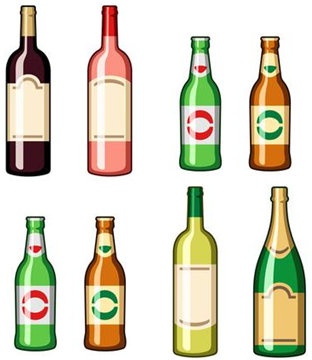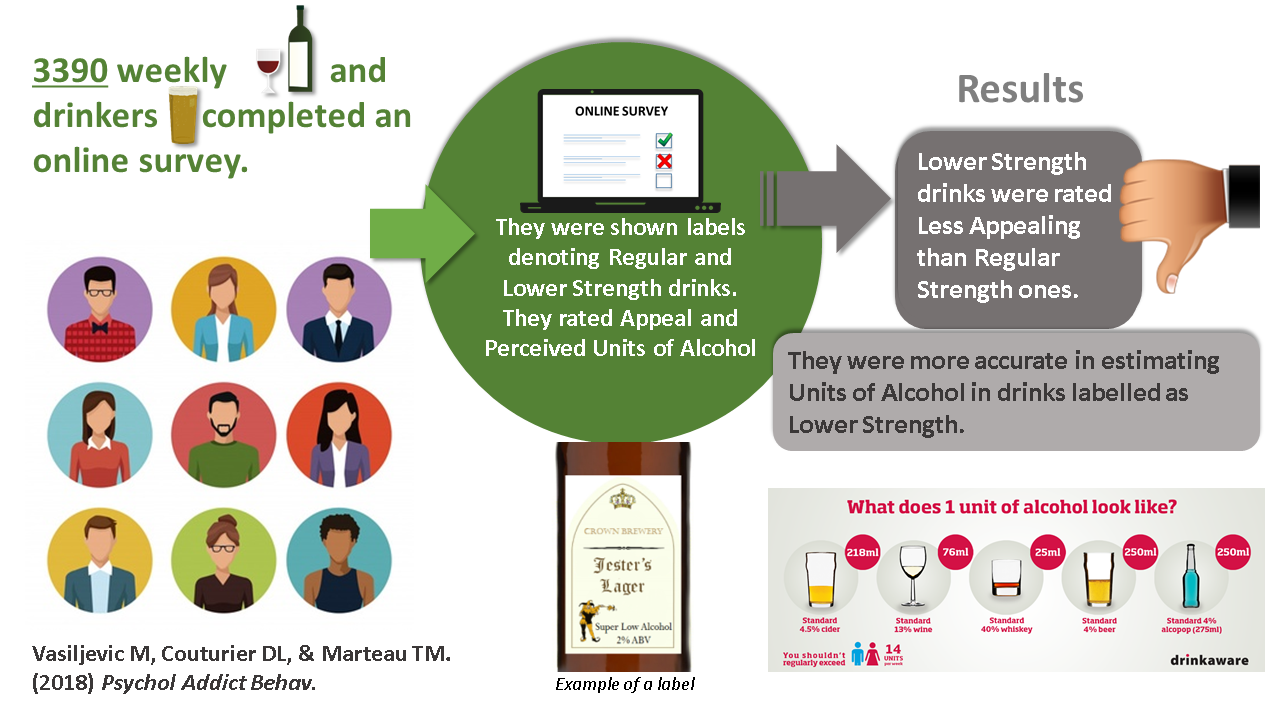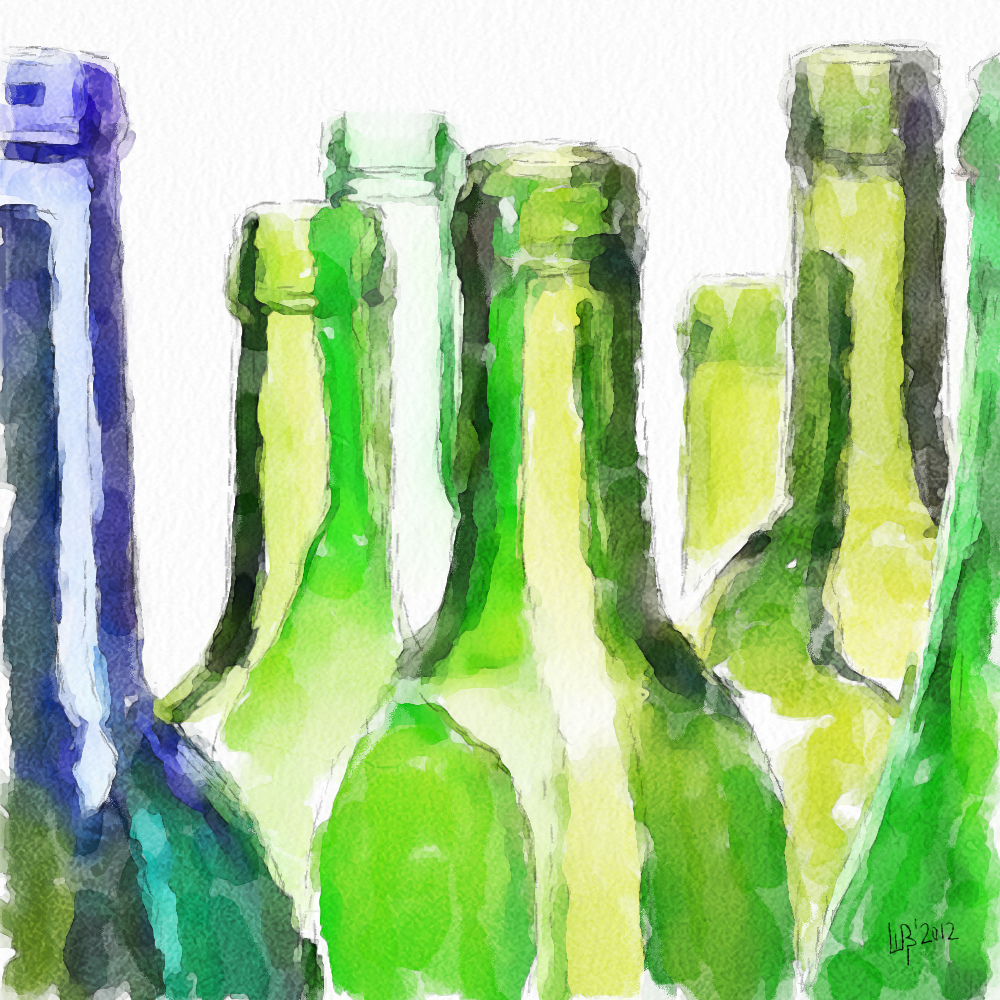 3,390 weekly wine and beer drinkers sampled from a nationally representative UK panel participated in an experiment in which they were randomised to see different wines and beers labelled with different verbal descriptors denoting lower alcohol strengths, with or without a number denoting the percentage alcohol by volume (%ABV). Participants then reported their perceptions of the type of person that would find the drink they had been randomised to see appealing and the type of occasion on which it was likely to be drunk.
3,390 weekly wine and beer drinkers sampled from a nationally representative UK panel participated in an experiment in which they were randomised to see different wines and beers labelled with different verbal descriptors denoting lower alcohol strengths, with or without a number denoting the percentage alcohol by volume (%ABV). Participants then reported their perceptions of the type of person that would find the drink they had been randomised to see appealing and the type of occasion on which it was likely to be drunk.
What are the perceived target groups and occasions for wines and beers labelled with verbal and numerical descriptors of lower alcohol strength? An experimental study. BMJ Open. Vasiljevic M, Couturier DL, Marteau TM.

 announced and much criticised partnership between Public Health England (PHE) and the alcohol industry-funded body, Drinkaware – risk delaying or preventing effective policies to improve population health, say public health scientists Mark Petticrew, Martin McKee and Theresa Marteau in their Lancet Comment, published online on September 20th 2018. The authors say that such partnerships with industry promote voluntary models of harm reduction which are largely ineffective and are likely to benefit the relevant industries rather than improving the health of the nation. They conclude by recommending that PHE should work with the public health community to redefine its relationships with industry.
announced and much criticised partnership between Public Health England (PHE) and the alcohol industry-funded body, Drinkaware – risk delaying or preventing effective policies to improve population health, say public health scientists Mark Petticrew, Martin McKee and Theresa Marteau in their Lancet Comment, published online on September 20th 2018. The authors say that such partnerships with industry promote voluntary models of harm reduction which are largely ineffective and are likely to benefit the relevant industries rather than improving the health of the nation. They conclude by recommending that PHE should work with the public health community to redefine its relationships with industry. Products labelled with verbal descriptors denoting lower alcohol strength (Low and Super Low) had less appeal than Regular (average) strength products.
Products labelled with verbal descriptors denoting lower alcohol strength (Low and Super Low) had less appeal than Regular (average) strength products.
